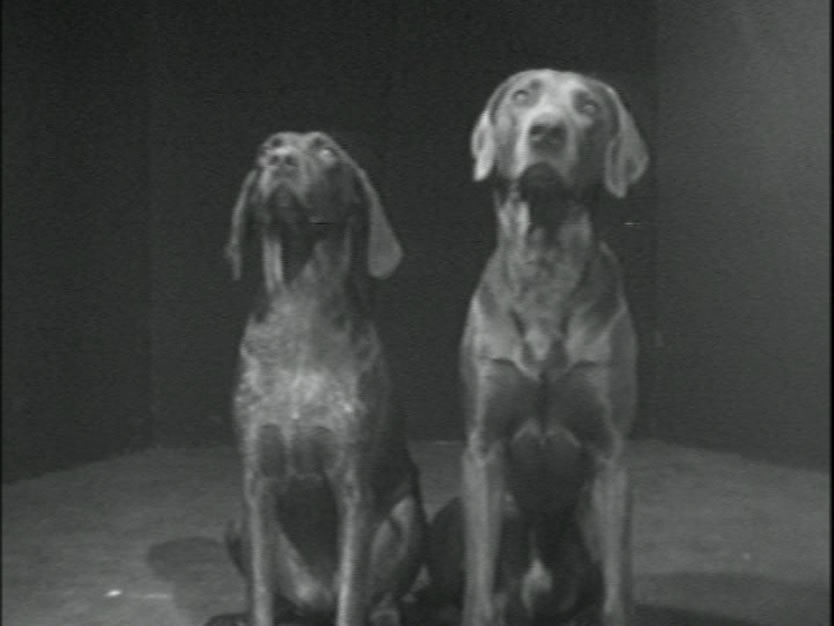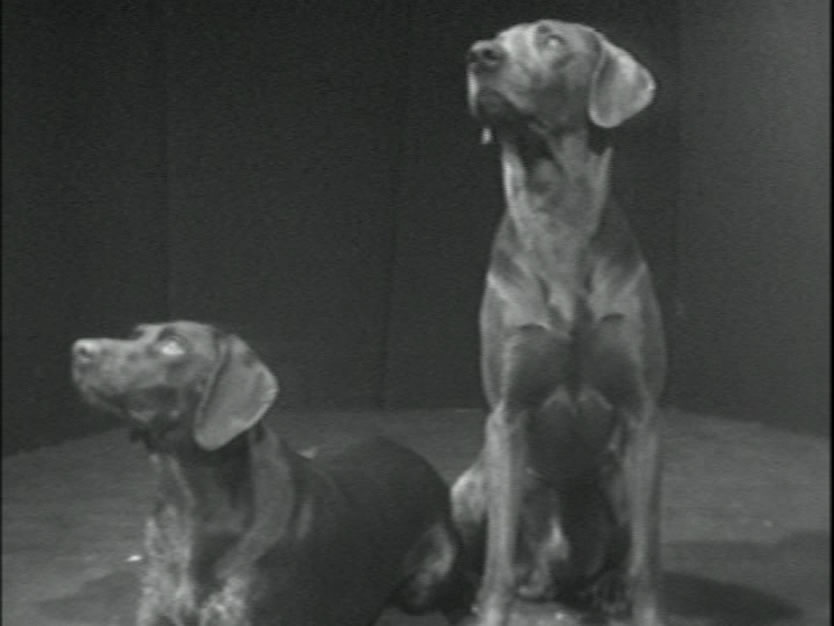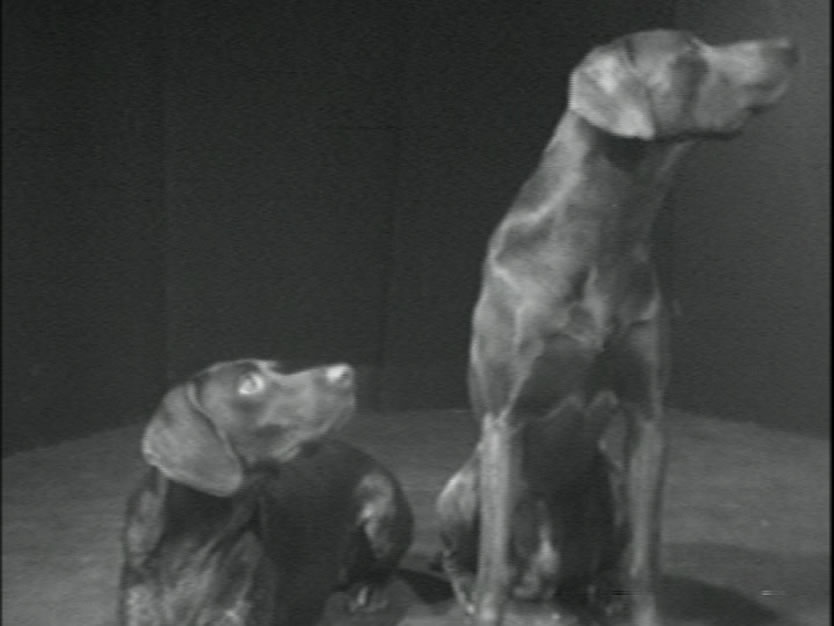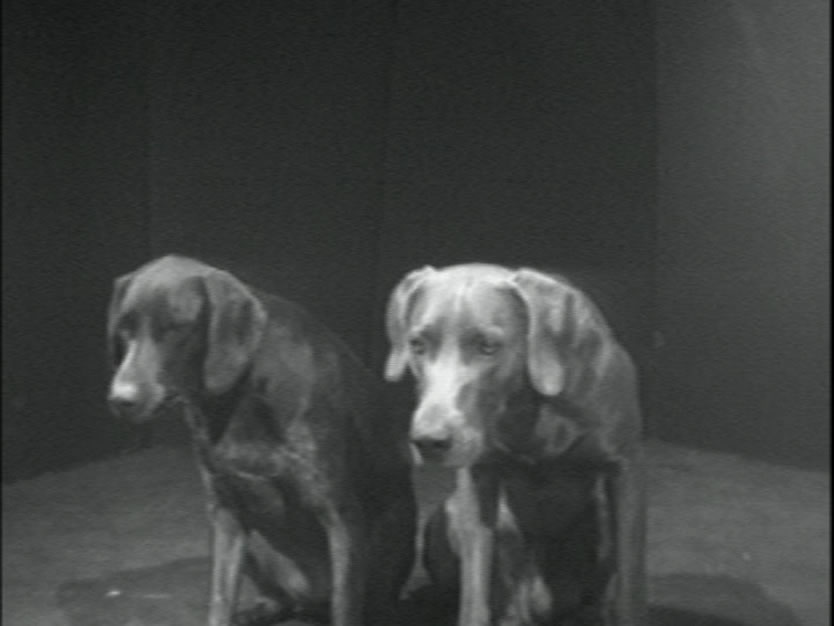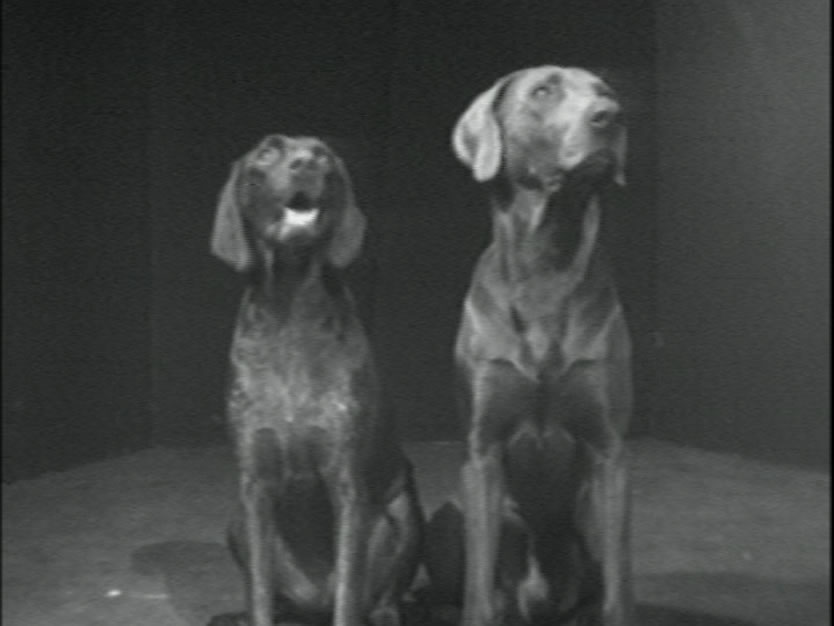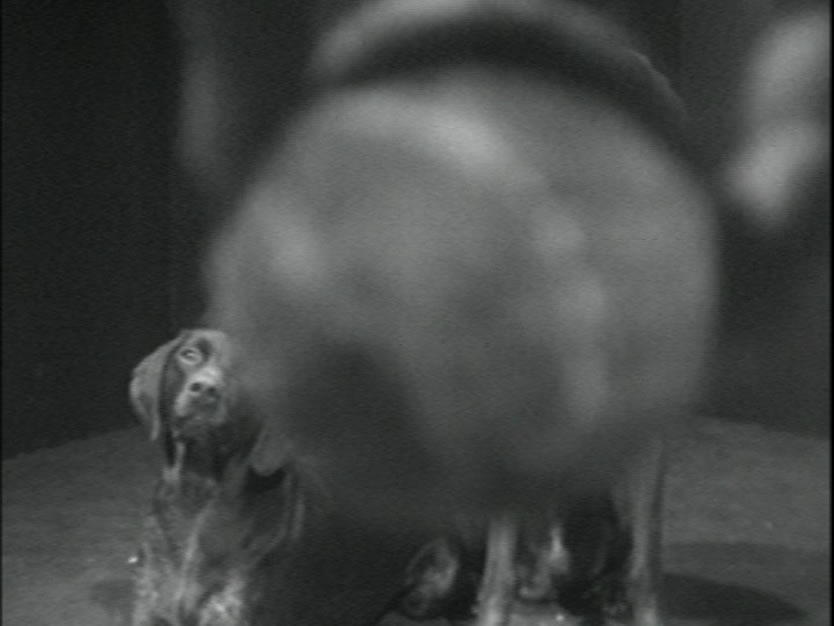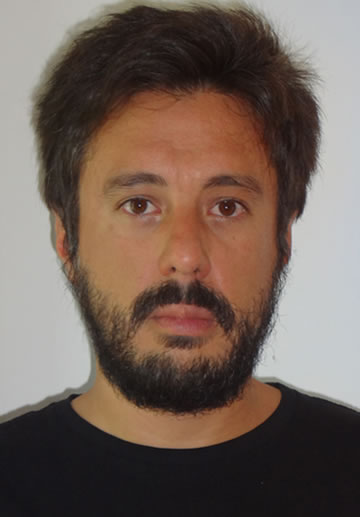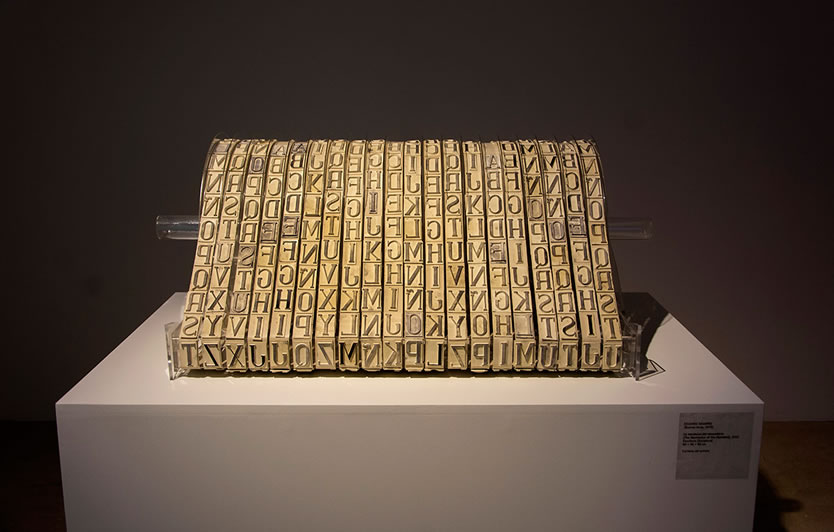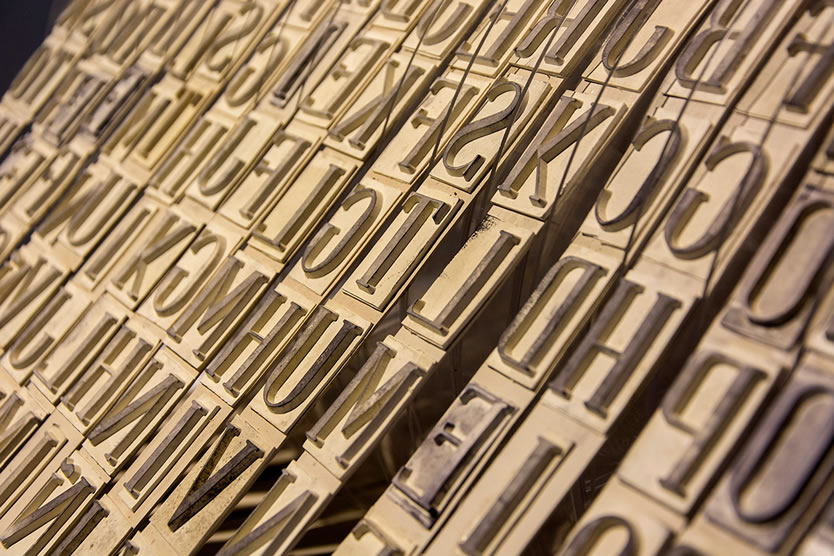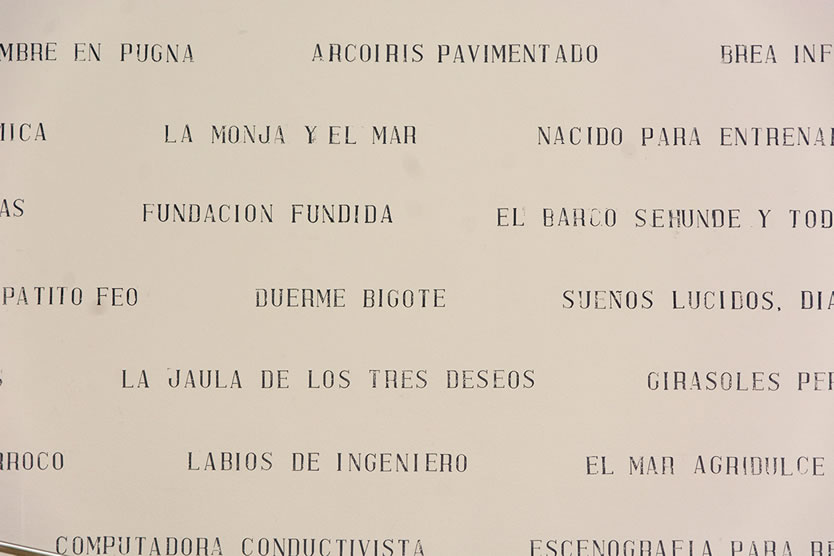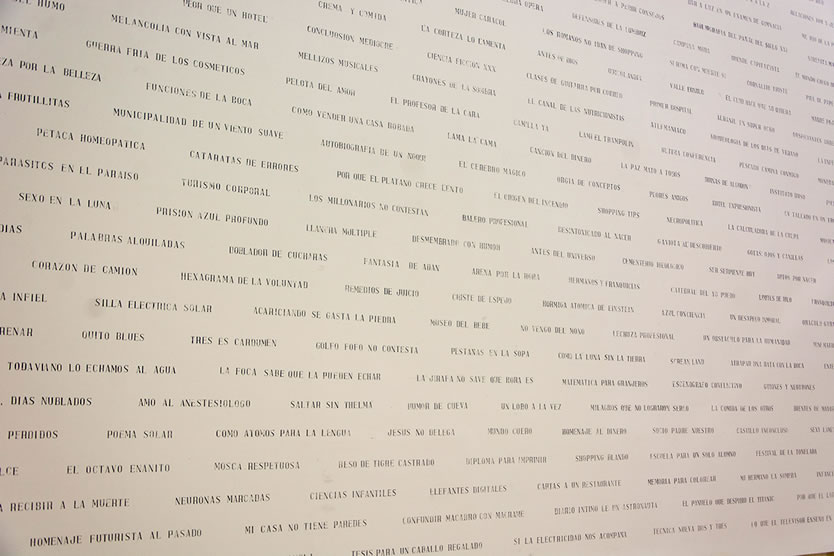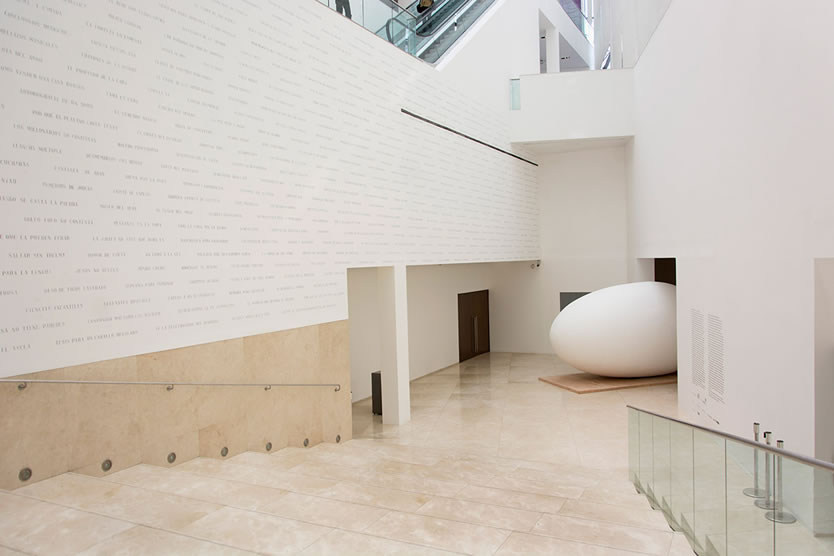Petra
Cortright
Estados Unidos, 1986Lives and works in Los Angeles, CA. She studied at Parsons The New School for Design, New York, NY and California College of the Arts, San Francisco, CA. Selected exhibitions include: "On YouTube. Kunst und Playlists aus 10 Jahren,“ Kunsthaus Langenthal, Switzerland; "Im Inneren der Stadt," Künstlerhaus Bremen, Germany; Depart Foundation, Los Angeles, CA (solo); Foxy Production, New York, NY (solo) (all 2015); Société, Berlin, Germany (solo); MAMA, Rotterdam, The Netherlands (solo) (both 2014); Frieze Film, Frieze London, UK; 12th Bienniale de Lyon, France (both 2013); Spectacle Theater, Brooklyn, NY (solo) (2012); Preteen Gallery (solo) (2011).
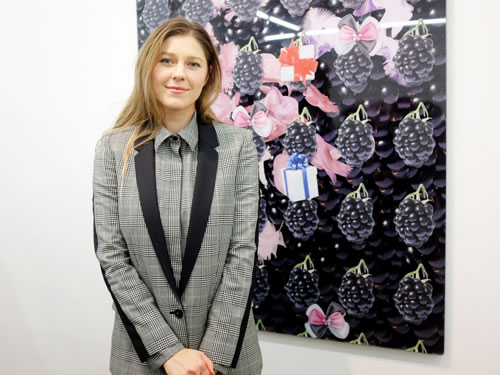
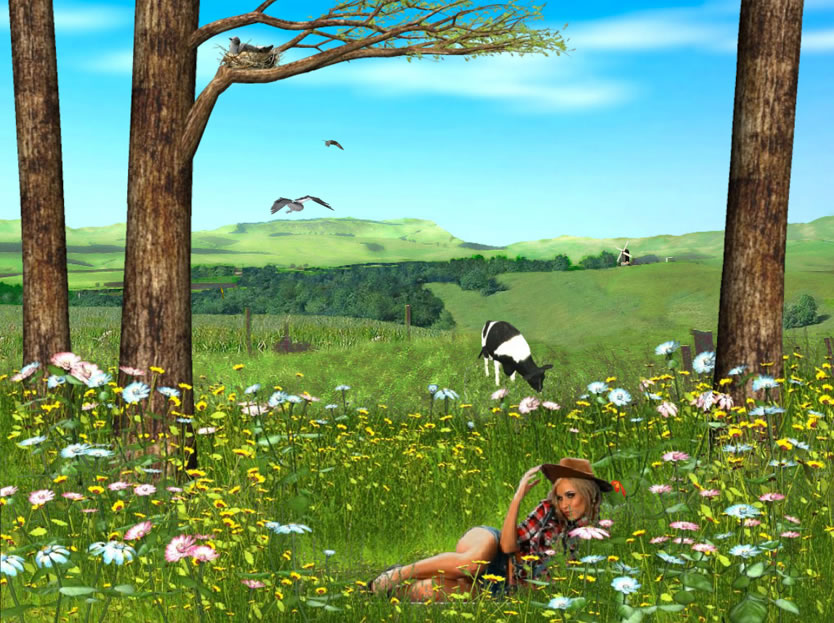
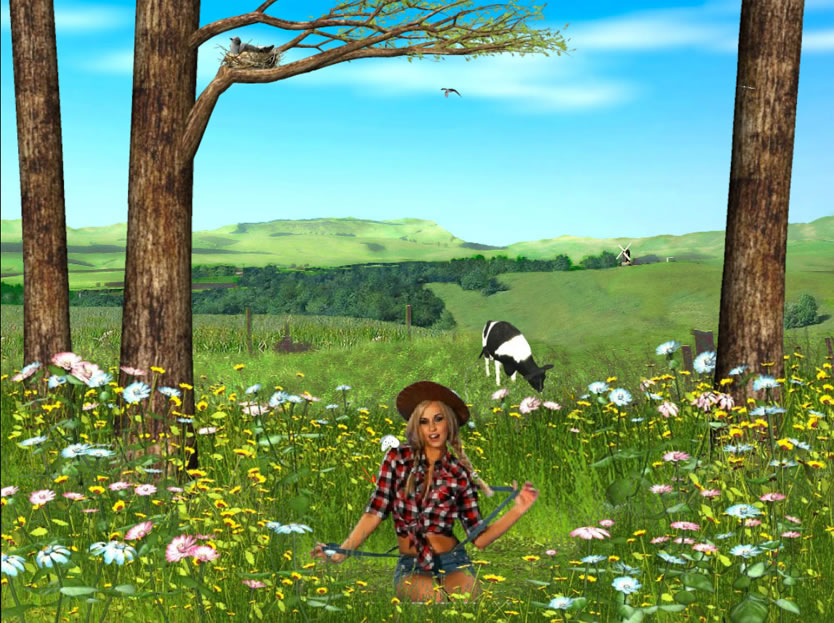
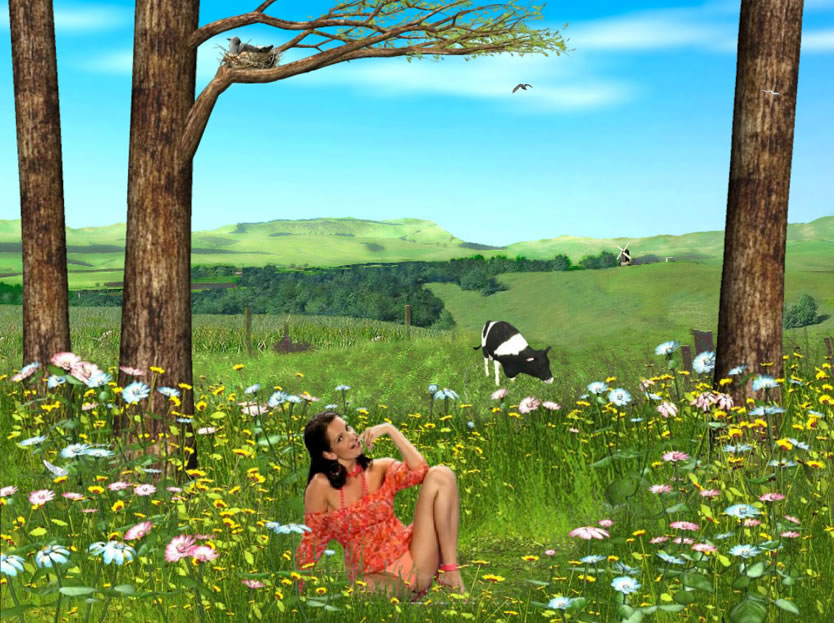
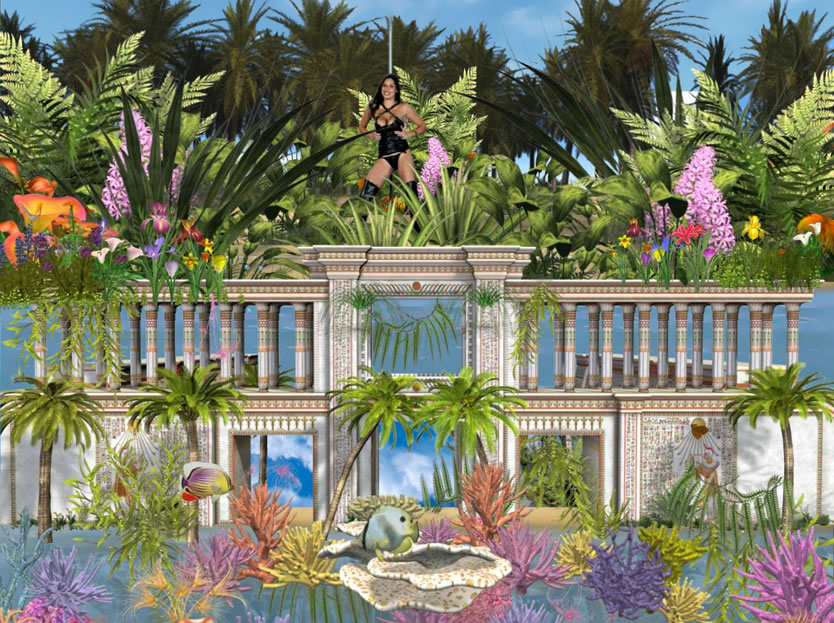
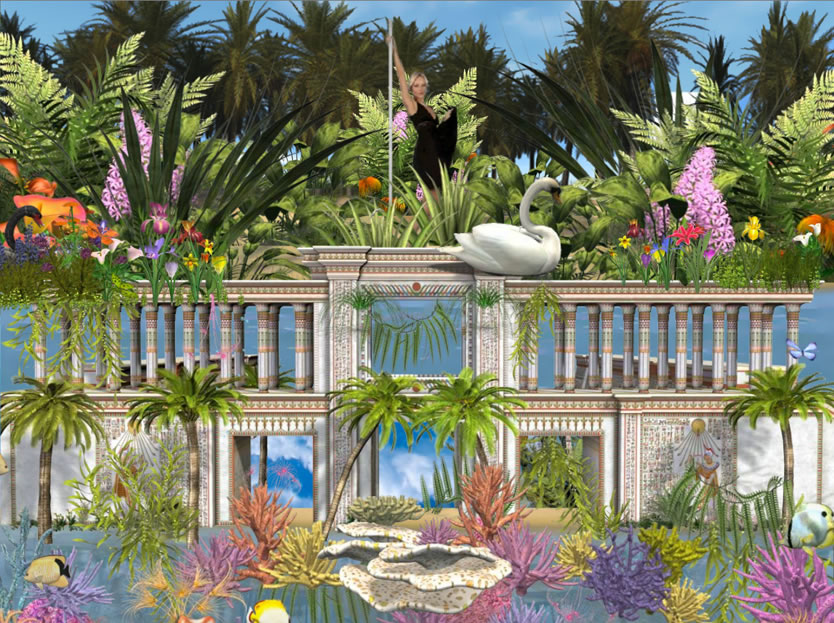
Petra Cortright
VICKY DEEP IN SPRING VALLEY
Marcelo
Galindo
Argentina, 1973Marcelo Galindo studied music at the Escuela de Música de Avellaneda (EMPA), where he got the degree of Jazz instrumentalist specialized in alto saxophone. Later, he devoted to the field of writing, performance, video production and curatorship. His videos were projected in Buenos Aires, London, Dubai, Seoul, New York, Chicago, Frankfurt, Barcelona, Rome, Rio de Janeiro, Santiago, Montevideo and Bogotá. Currently, he is creating animated cartoons with the artist Mónica Heller, as well as developing a collective writing project and doing curatorial works.
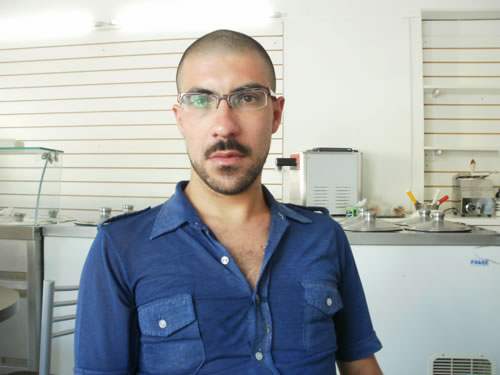
BY CHUS MARTINEZThe two videos of Marcelo Galindo are also about concentration but to the level of obsession. We are the hand that carries a knife and enters a home and punches and looks around. Galindo’s world is very particular, it situates us as the hand that holds that knife that may kill somebody. Oh! Think for a moment! He is right! If there is an organ that did developed in the last two decades a new celebrity is the hand, the hand that holds the fingers that touch the screens and –in all moves the world. It is not strange then that the hand becomes the center.
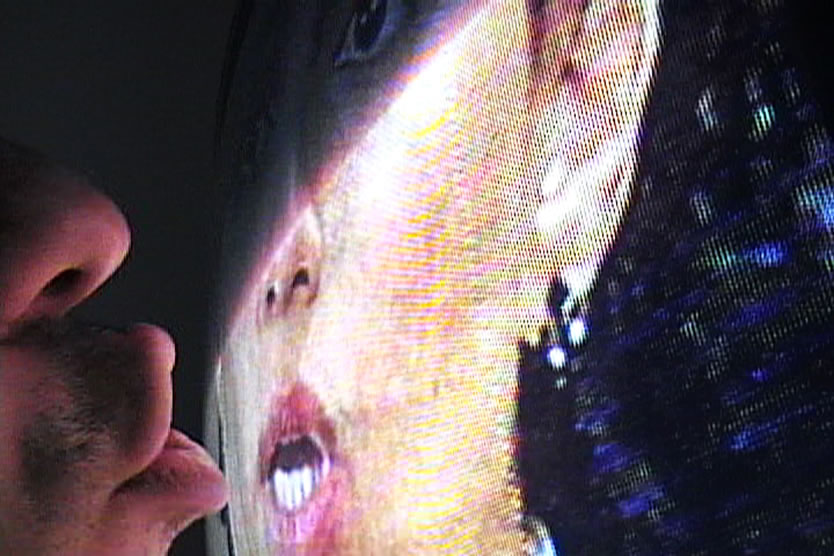
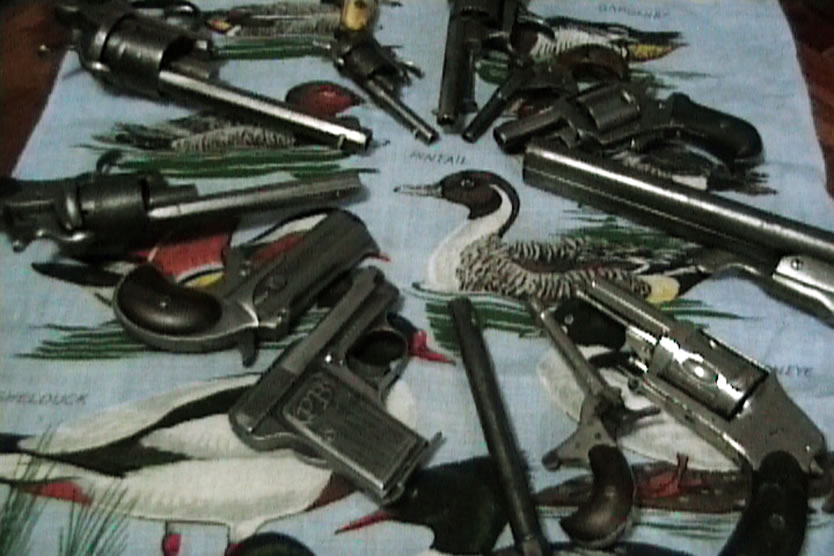
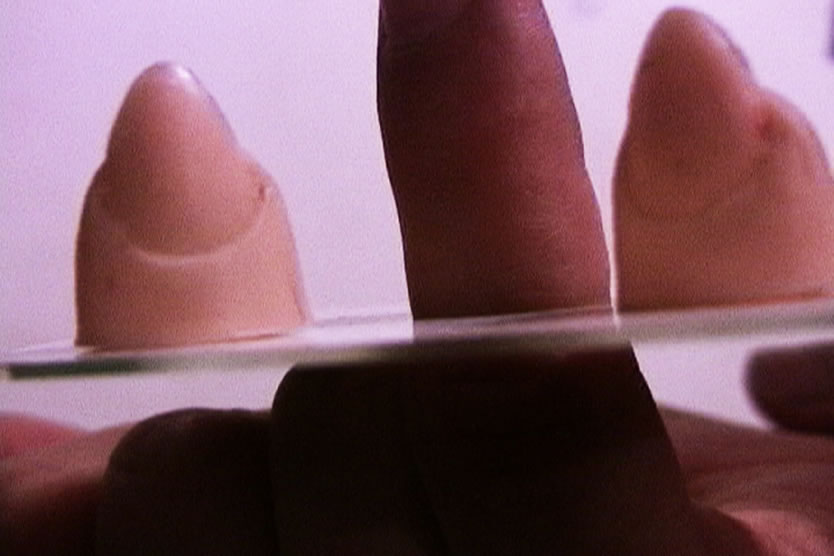
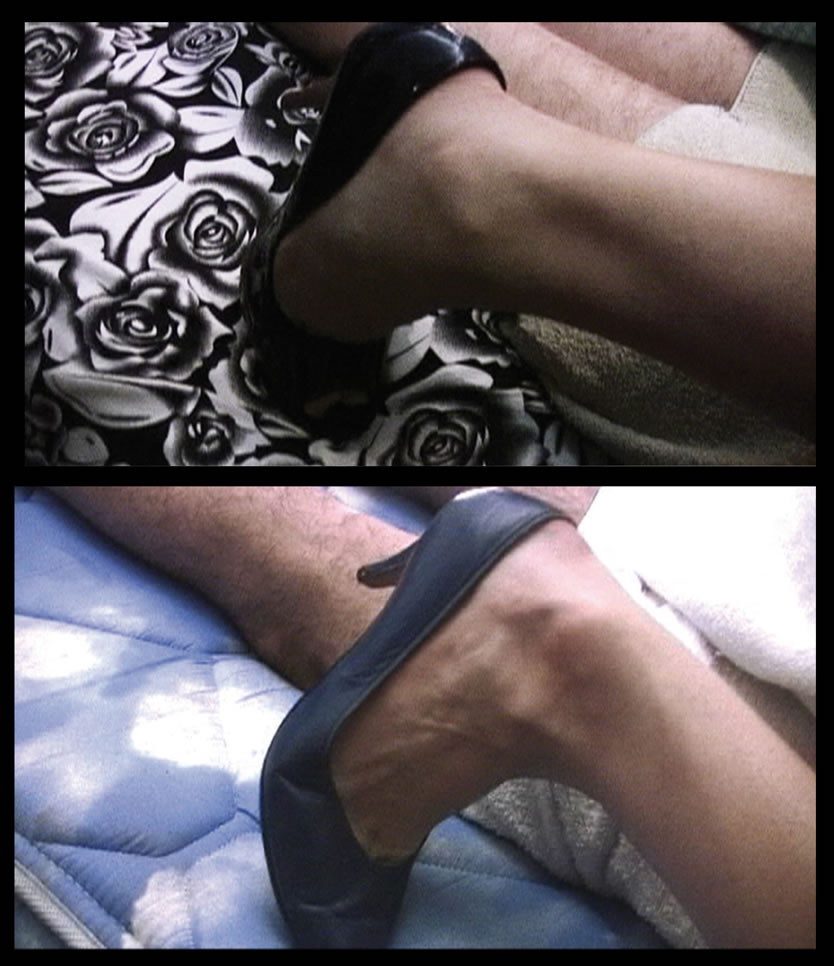
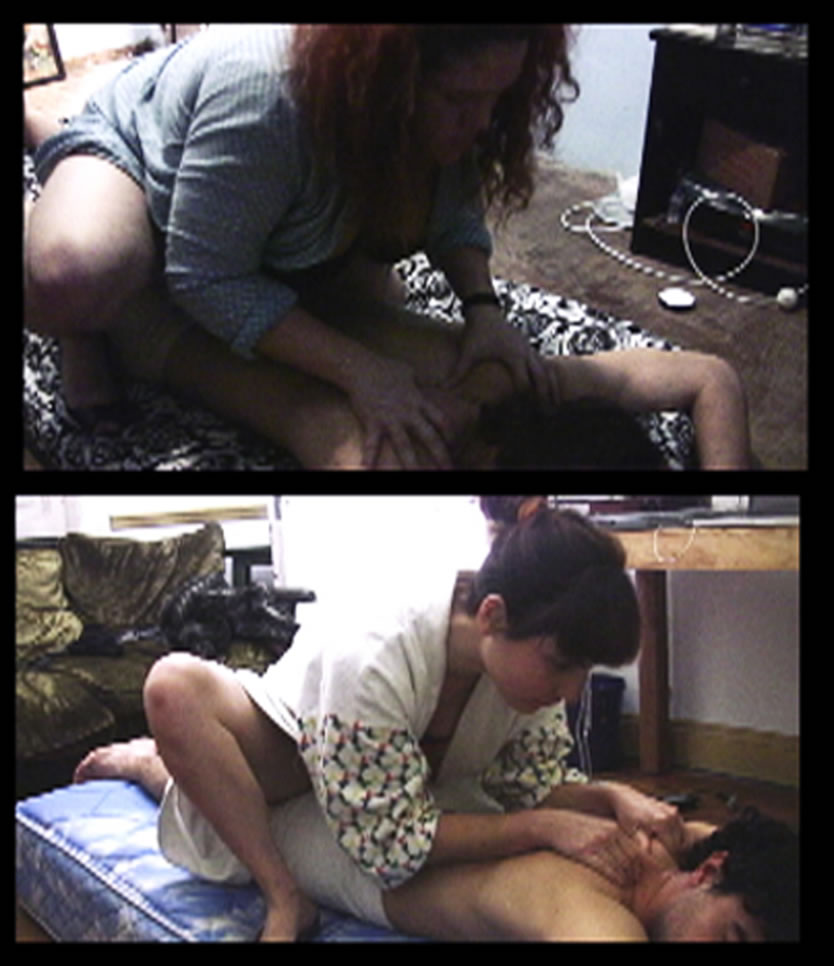
Marcelo Galindo
Galindo 2006
Takeshi
Murata
Chicago, 1974Takeshi Murata was born in 1974 in Chicago, IL. He graduated from the Rhode Island School of Design in 1997 with a B.F.A. in Film/Video/Animation. Murata has exhibited at The Museum of Modern Art, New York; Museum of Fine Arts, Houston, Texas; Yerba Buena Center for the Arts, San Francisco, California; Taka Ishii Gallery, Tokyo, Japan; Peres Projects, Los Angeles; Gavin Brown's Enterprise, New York; Eyebeam, New York; FACT Centre, Liverpool, UK; Contemporary Arts Center, Cincinnati, Ohio; Mattress Factory, Pittsburgh, Pennsylvania; New York Underground Film Festival; Smack Mellon, Brooklyn, Foxy Production, New York, and Deitch Projects, New York, among others.
In 2007 he had a solo exhibition, Black Box: Takeshi Murata, at the Hirshhorn Museum and Sculpture Garden in Washington, D.C. Other recent solo exhibitions were held at Vox Populi Gallery, Philadelphia, Museum of Art and Design, New York, and Ratio 3, San Francisco.
Takeshi Murata produces digital works that refigure the experience of animation. His innovative practice and constantly evolving processes range from intricate computer-aided, hand-drawn animations to exacting manipulations of the flaws, defects and broken code in digital video technology. He lives and works in Saugerties, New York.
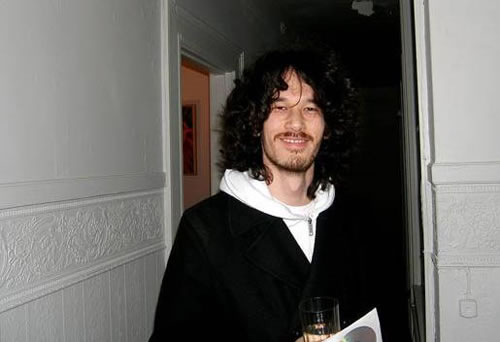
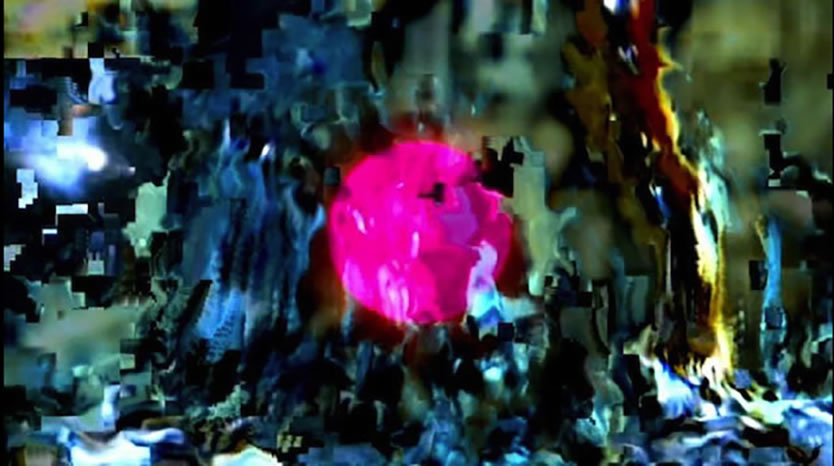
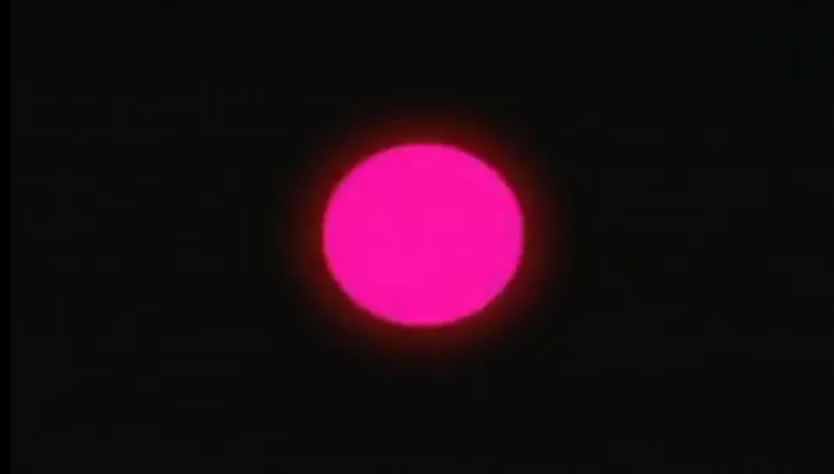
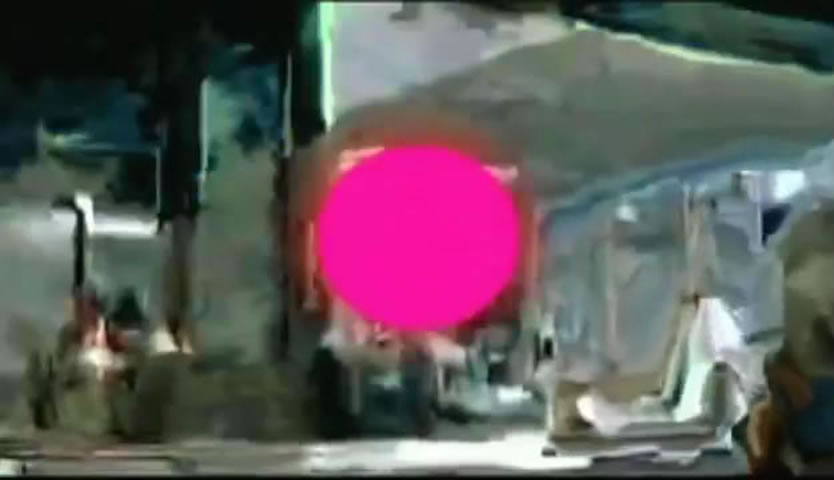
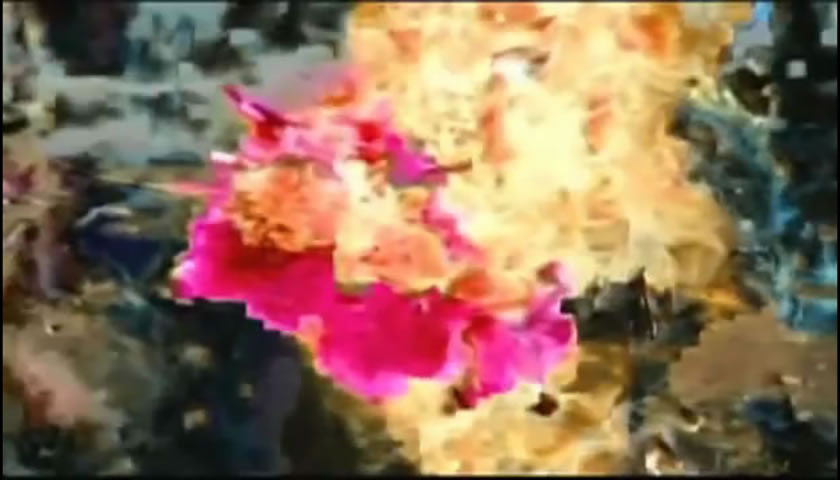
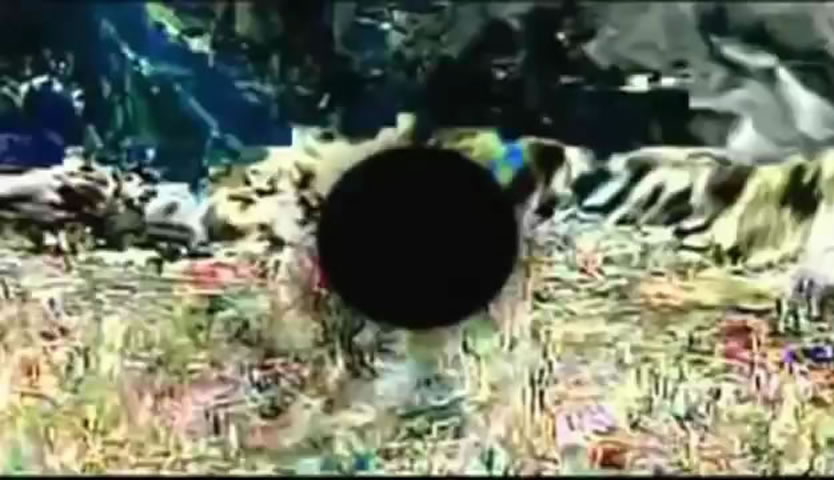
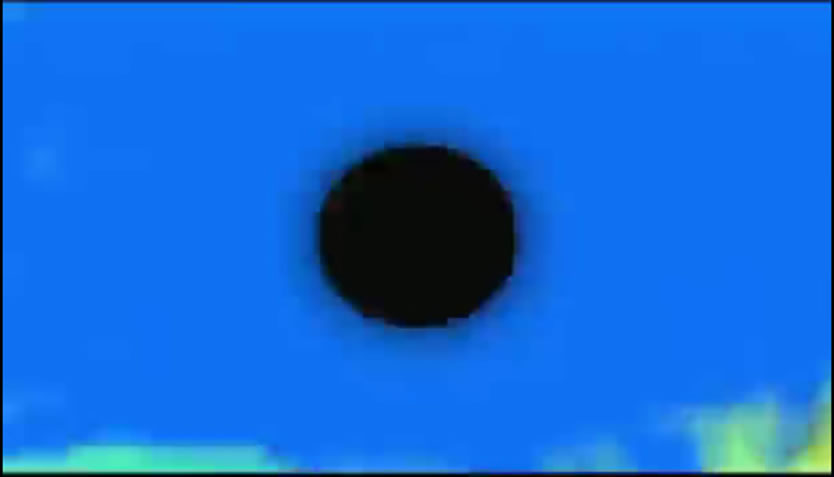
Takeshi Murata
Pink Dot, 2007
Federico Manuel
Peralta Ramos
Mar del Plata, 1939 – Buenos Aires, 1992Was a self-taught Argentinean artist. In 1968, he used his Guggenheim Fellowship funds for a lavish dinner and to acquire some paintings. The institution’s reaction provoked Federico to write the Mandamientos Gánicos, a series of contradictory commandments displaying an aesthetic program on how to take life as an artwork. After 1969, Peralta Ramos appeared and carried out performances on TV shows, and in 1970 he recorded what he called his “non-figurative songs.” Among his solo exhibitions the following should be mentioned: “El objeto es el sujeto”, CAYC, Buenos Aires (1972), “La salita del gordo”, Centro Cultural Recoleta, Buenos Aires (1986), “Federico Manuel Peralta Ramos”, Centro Cultural Recoleta, Buenos Aires (1989), “Federico Manuel Peralta Ramos. Retrospectiva”, Museo de arte Moderno de Buenos Aires (2003).
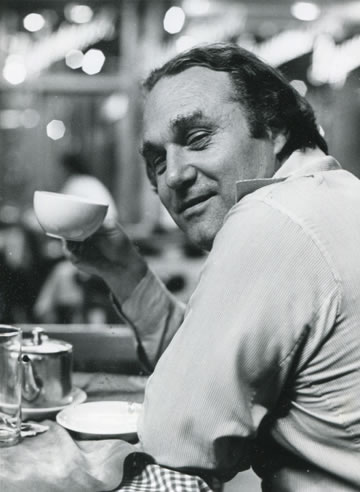
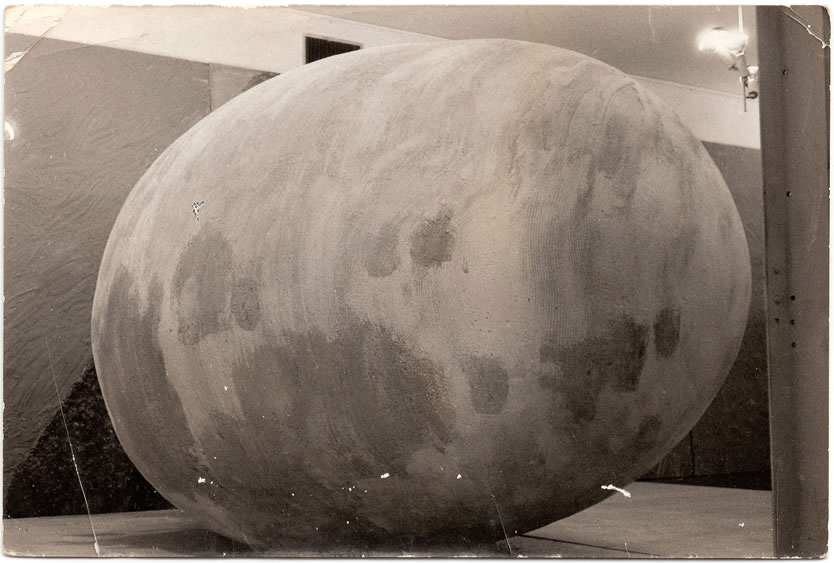
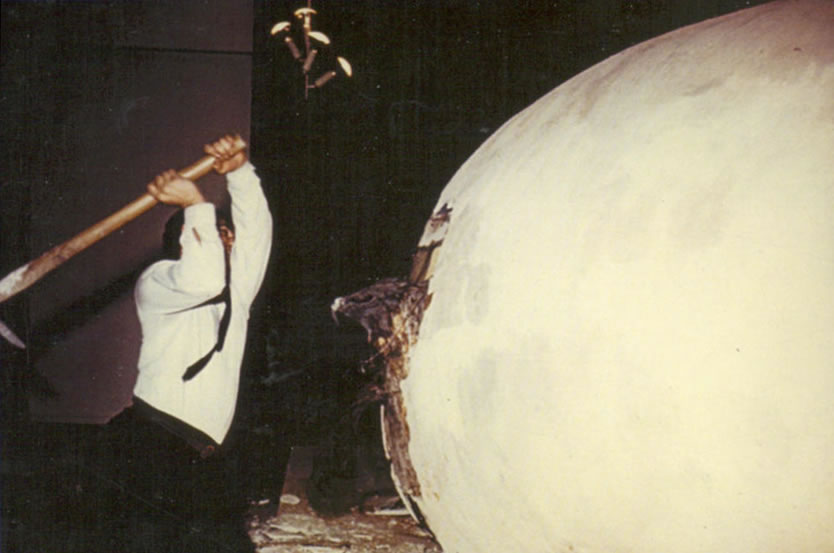
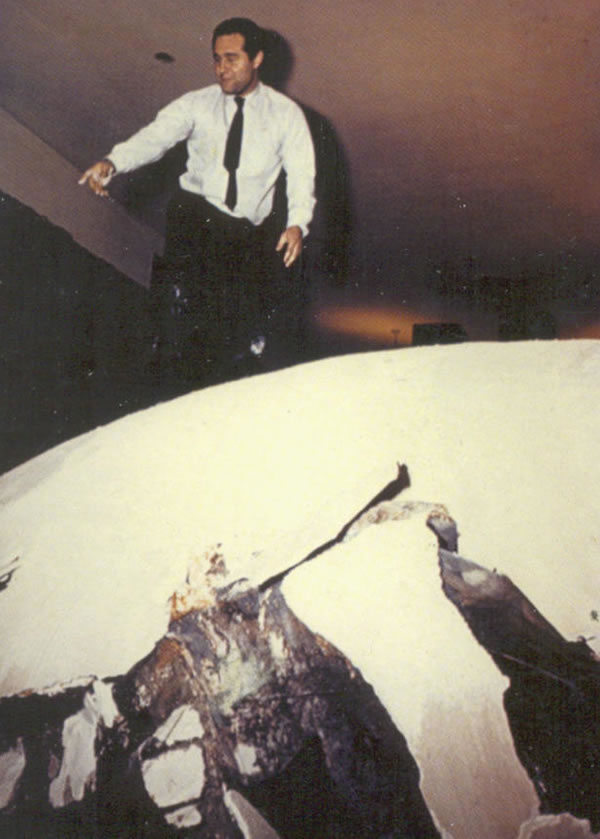
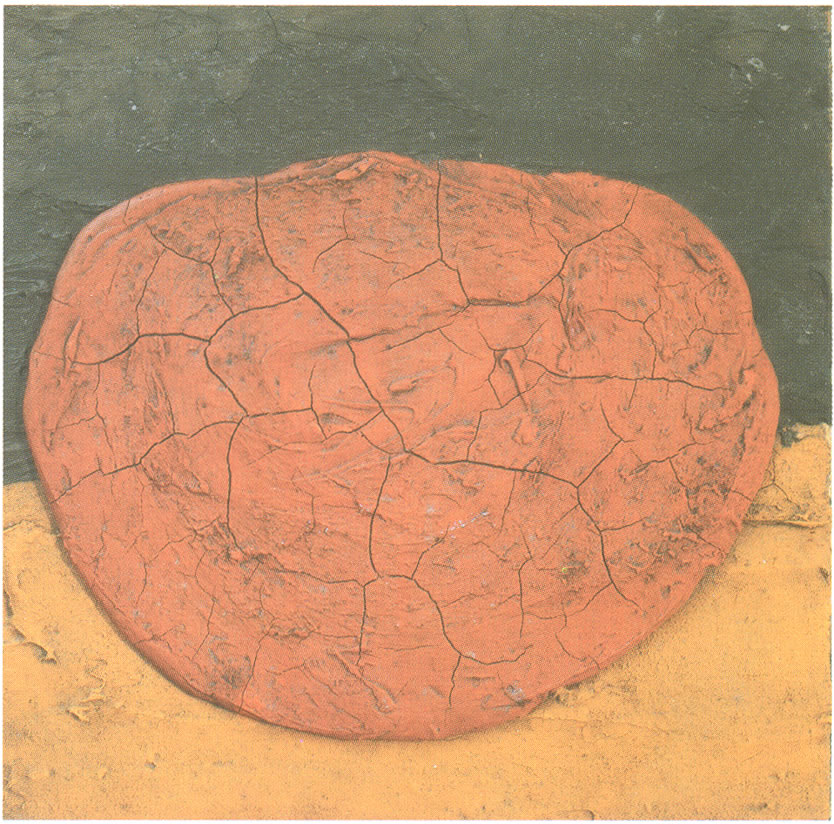
Wilfredo
Prieto
Cuba, 1978Prieto studied at Instituto Superior de Arte, Havana and has held residencies at Gasworks, London; Le Grand Cafe, St. Nazaire, France; John Simon Guggenheim Foundation, New York and the Kadist Art Foundation, Paris. His latest solo exhibitions were held at Museo Nacional de Bellas Artes, Havana (2015), S.M.A.K., Gent (2014), NMAC Foundation, Cadiz (2013), Sala de Arte Publico Siqueiros, Mexico (2012), 11th Havana Bienal (2012), Praxis, ARTIUM, Vitoria (2011), Kunsthalle Lissabon, Lisbon (2011), Dia Art Foundation, New York (2007). Wilfredo Prieto's work has been included in numerous group exhibitions, including the 12th Havana Biennal (2015), Lentos Kunstmuseum Linz, Linz (2014), Centre d`Art la Panera, Lleida (2014), Museum of Fine Arts, Boston (2014), Stedelijk Museum Bureau, Amsterdam (2013), Collateral Event of the 55th Venice Bienal, Venice (2013), Centro de Arte 2 de Mayo (CA2M), Móstoles, Madrid (2011), 29th Sao Paolo Biennial, Sao Paolo (2010), De Appel Arts Centre, Amsterdam (2010), 12th Venice Architecture Biennale (curated by Stefano Rabolli), Venice (2010), CCA Wattis Institute for Contemporary Arts, San Francisco (2009) and MoMA, New York (2008).
Wilfredo Prieto received The Cartier Award (Frieze, London, 2008) and the 2000 UNESCO Prize for the Promotion of the Arts (7th Havana Biennial, DUPP, Havana, 2000).
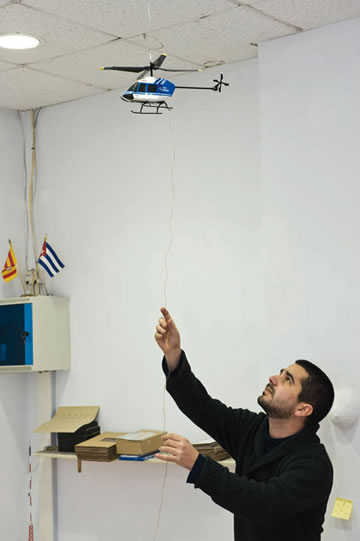
BY CHUS MARTINEZThe work of Wilfredo Prieto Look at the Size of this Mango needs in this respect almost no introduction. Humor and absurd are the tools to, once again, give us an insight about our relationship to media and power. Moreover, it is the idiotic character of it all what is at the core of the work. There is an air of familiarity between Federico Manuel Peralta Ramos work, Eduardo Navarro, Wilfredo Prieto and Willian Wegman, some sort of “don’t be silly, become an idiot”- kind of invitation. Become innocent, allow yourself to soak into the transformation of your time, into the changes that operate outside the human. Just “become a cloud”, as Peralta Ramos would sing aloud.
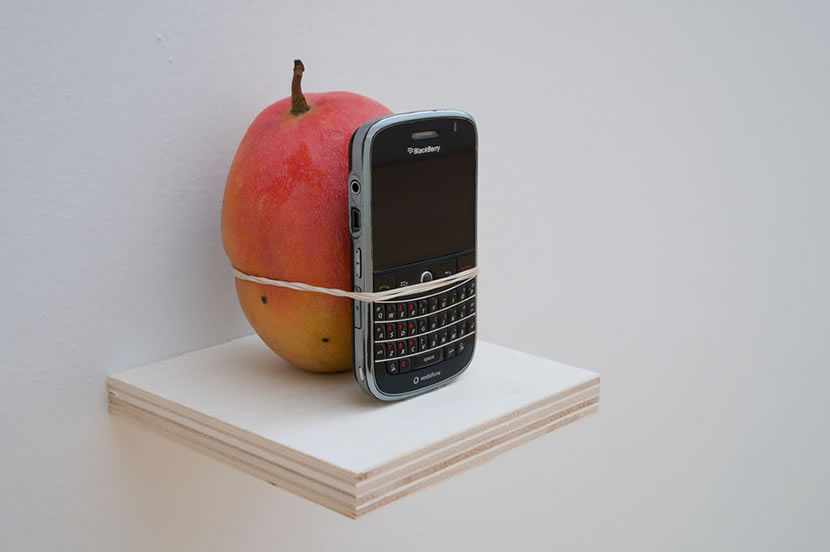
Jon
Rafman
CA, 1981He studied philosophy and literature at McGill University, then went on to the School of the Art Institute in Chicago. His work has been exhibited internationally in solo exhibitions such as “Mirror Sites”, International Art Objects and M+B Art, Los Angeles (2012), “Nine Eyes of Google Street View”, Angell Gallery (2012), Toronto, “Brand New Paint Job MMXII”, American Medium, New York (2012), and group exhibitions such as the “Contact Photography Festival”, Museum of Contemporary Canadian Art (2012), “From here on”, Rencontres photographiques, Arles (2011), or “Free” at the New Museum, New York (2010). His upcoming exhibitions will be at the Saatchi Gallery, London, and HD:Projects, New York.
Jon Rafman explores in his work the paradoxes of modernity, the sources of the contemporary individual’s loneliness and alienation. Using humor, irony and melancholy, his work is developed through the use of digital media, and the rich potential afforded by new technologies. Plunging us into universes of uncertainty, oscillating between familiarity and narrative fiction, Jon Rafman propels the viewer into “parallel” worlds, through scenarios that bring the individual face to face with the fable of reality.
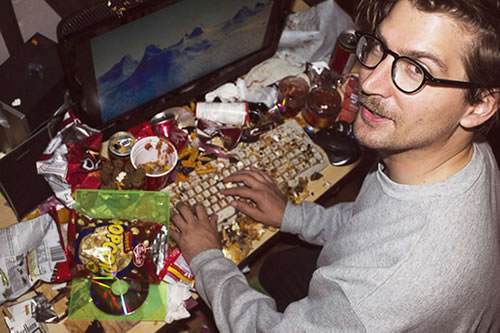
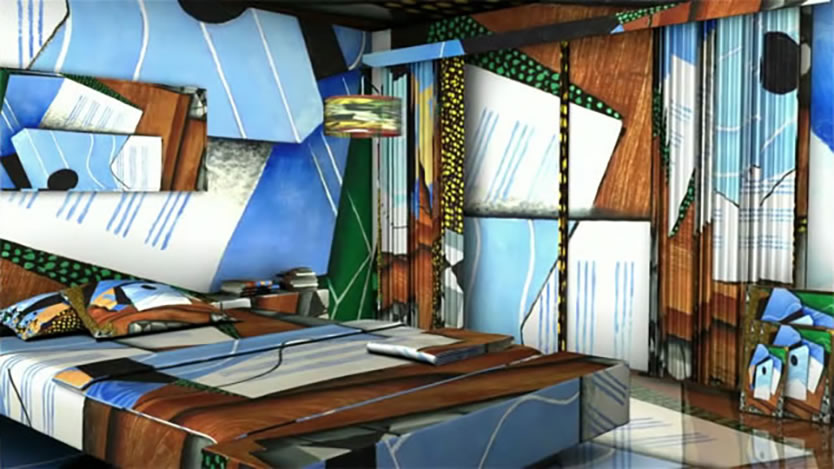
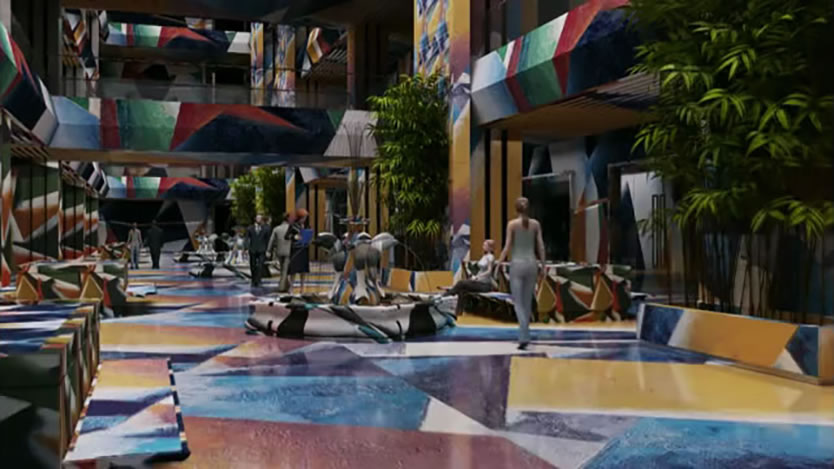
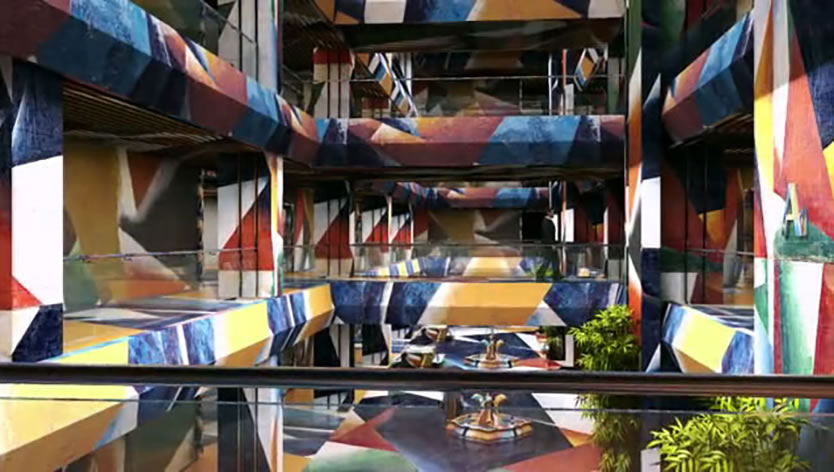
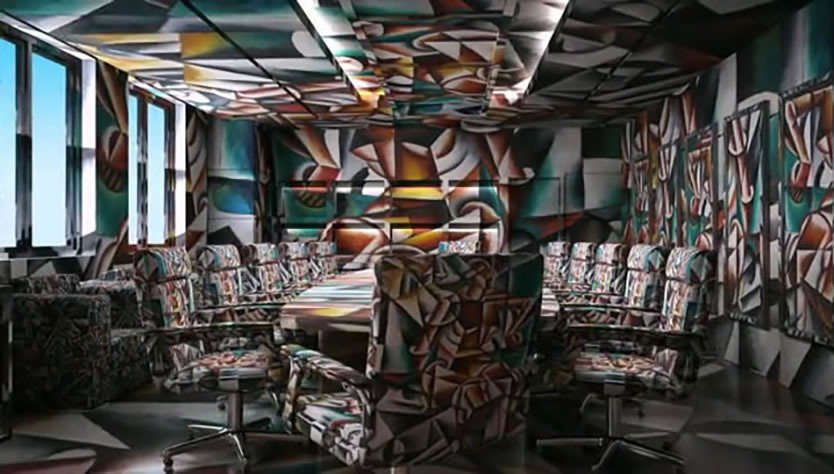
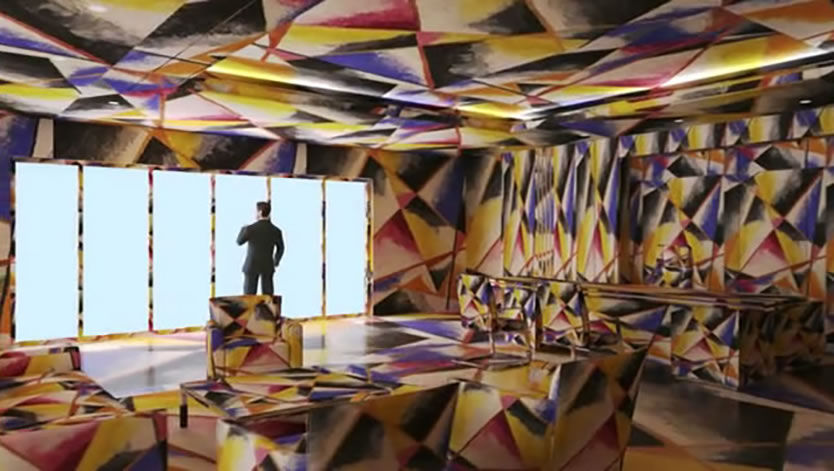
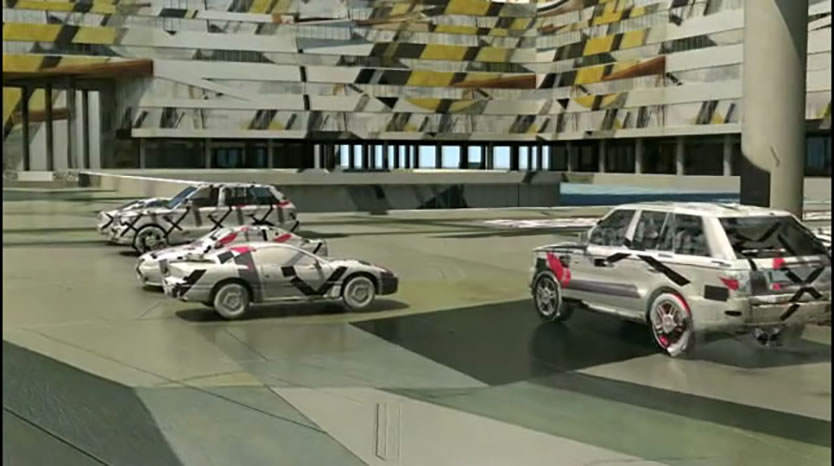
Jon Rafman
Juan Gris Dream Home, 2013
EDICIÓN DE 3 CON DOS PRUEBAS DE ARTISTA
DURACIÓN: 2' 10''
CORTESÍA DEL ARTISTA Y FEUER/MESLER,
NEW YORK
William
Wegman
Estados Unidos, 1943He received a B.F.A. in painting from the Massachusetts College of Art, Boston in 1965 and an M.F.A. in painting from the University of Illinois, Champagne-Urbana in 1967. From 1968 to 1970 he taught at the University of Wisconsin. By the early 70s, Wegman's work was being exhibited in museums and galleries internationally. In addition to solo shows with Sonnabend Gallery in Paris and New York, Situation Gallery in London and Konrad Fisher Gallery in Dusseldorf, his work was included in such seminal exhibitions as "When Attitudes Become Form," and "Documenta V" and regularly featured in Interfunktionen, Artforum and Avalanche.
Wegman has created film and video works for Saturday Night Live and Nickelodeon and his video segments for Sesame Street have appeared regularly since 1989. In 1995, Wegman's film The Hardly Boys was screened at the Sundance Film Festival. After a twenty year hiatus, Wegman returned to the format of his video work from the 70s producing two new series of video works in 1998 and 1999.
Numerous retrospectives of Wegman's work have been made among them "Wegman's World," which opened at the Walker Art Center, Minneapolis, in 1981 and toured the United States and "William Wegman: Paintings, Drawings, Photographs, Videotapes," which opened at the Kunstmuseum, Lucerne, in 1990 traveling to venues across Europe and the United States including the Pompidou Center, Paris, and The Whitney Museum of American Art, New York. More recent exhibitions have included retrospectives in Sweden, Japan, Korea and Spain. William Wegman lives in New York and Maine where he continues to make videos, to take photographs and to make drawings and paintings.
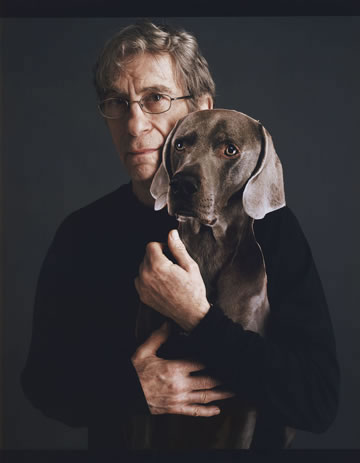
BY CHUS MARTINEZI choose for the occasion, not a obscure piece, but one of his most famous one. Two dogs following a ball shows an obvious truth, dogs can be trained easier than cats, for example. I still remember a conversation with John Baldessari where he told me, “Wegman tried with cats before going into dogs”. I have always been interested in the work of both artists, and it was only then, talking to Baldessari that I learn they were good friends and that they used to exchange views on their work regularly. About the cat issue, I have my reservations, since the sense of humor of Baldessari is as refined as well known. But I completely integrated the comment in my image of Wegman’s work. True, how nice, dogs can be easily trained. The piece, though, as many other pieces, does not focus in this obvious fact as it does in another trait: concentration. The two dogs, like the egg, are concentrated in the proposal a human made them: follow this ball. They do so as if this could go on forever. Imagine them in this state of hyper-focus for ever, not only for the little while that you are watching them, but as an ongoing state that will determine them becoming different dogs than the dogs we are used to. The animals are not a metaphor of the humans that easily can follow into traps and develop an uncritical behavior that may force them to act in ways they find reprobable. No, the work is not to transfer the human miseries into an animal world. It is all about concentration and the kind of world that appears in our minds when they concentrate and we concentrate, as well, watching them. The piece presents a very actual idea: the possibility of producing an immersion that is not based in a totalizing aesthetic language or a Gesamtkunstwerk method, but also not even based in fantasy fiction, but in just drilling ourselves through a certain behavior.
